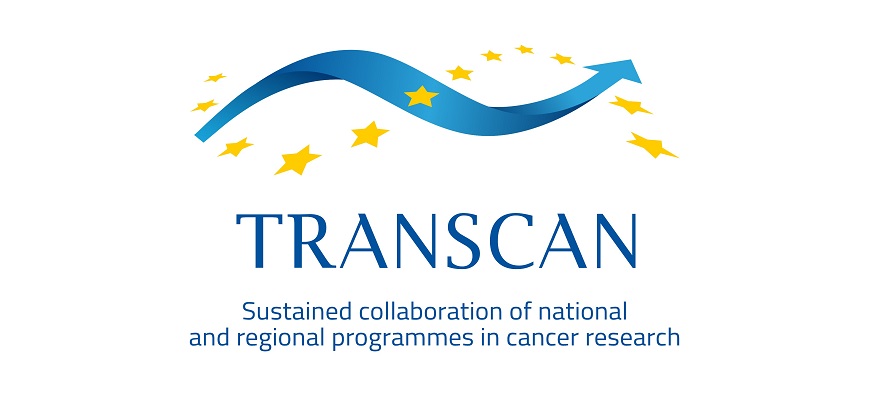
TRANSCAN-3
The PRECEDENCE programme aims to create novel translational approaches to tackle the challenges of hard-to-treat cancers from early diagnosis to therapy.
The ERA TRANSCAN-3 project PRECEDENCE ("imPRoving gEnotype matChED thErapies aNd Combating rEsistance") aims to create novel translational approaches to tackle the challenges of hard-to-treat cancers from early diagnosis to therapy.
Abstract
Cholangiocarcinomas (CCA) are rare tumors with a dismal prognosis and limited treatment options. Recent advances in high-throughput genomic sequencing revealed that 40% of intrahepatic CCA (iCCA) harbor genomic alterations (namely FGFR2 fusions, ERBB2 am-plification, IDH1 and BRAF gain of function mutations) that predict patients’ assignment to therapies based on oncogene-targeted drugs (OTDs). While results from precision oncology trials were encouraging, enthusiasm was mitigated by the observation that rate and duration of responses are limited by resistance.
Our leading hypothesis is that exploitation of OTDs to their full potential in CCA requires that resistance mechanisms are understood and counteracted pharmacologically. Because the inhibition of oncogenic drivers in other tumor types has been shown to cause also changes in the cellular composition of the tumor microenvironment (TME) - consequently affecting tumor-host interactions - we further hypothesize that understanding OTD-induced changes in the immune CCA TME will be key to design rationale-based combinations of immune checkpoint inhibitors (ICIs) with OTDs.
Our experimental approach entails the multi-omics interrogation of molecular determinants of OTD resistance in CCA clinical samples and genetically defined pre-clinical models carrying the above cited BRAF, ERBB2, FGFR2 and IDH1 genetic alterations. The multidimensional data will be analyzed at increasing depth, i.e. from single-level approach (e.g. transcriptome analysis of a patient cohort selected for a specific driver mutation) to AI-driven network-level analyses that integrate multi-omics data from several models (e.g. patients’ data, patient-derived xenografts (PDX) and mouse models).
These analyses are expected to discover determinants of resistance/sensitivity to OTDs, guide the clinical translation of biomarker-driven approaches and combination therapies capable of increasing OTD efficacy, alone or in combination with ICIs, in CCA.
For more information, check out the TRANSCAN website.

